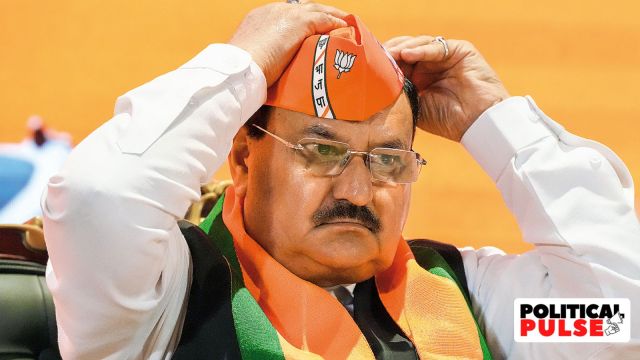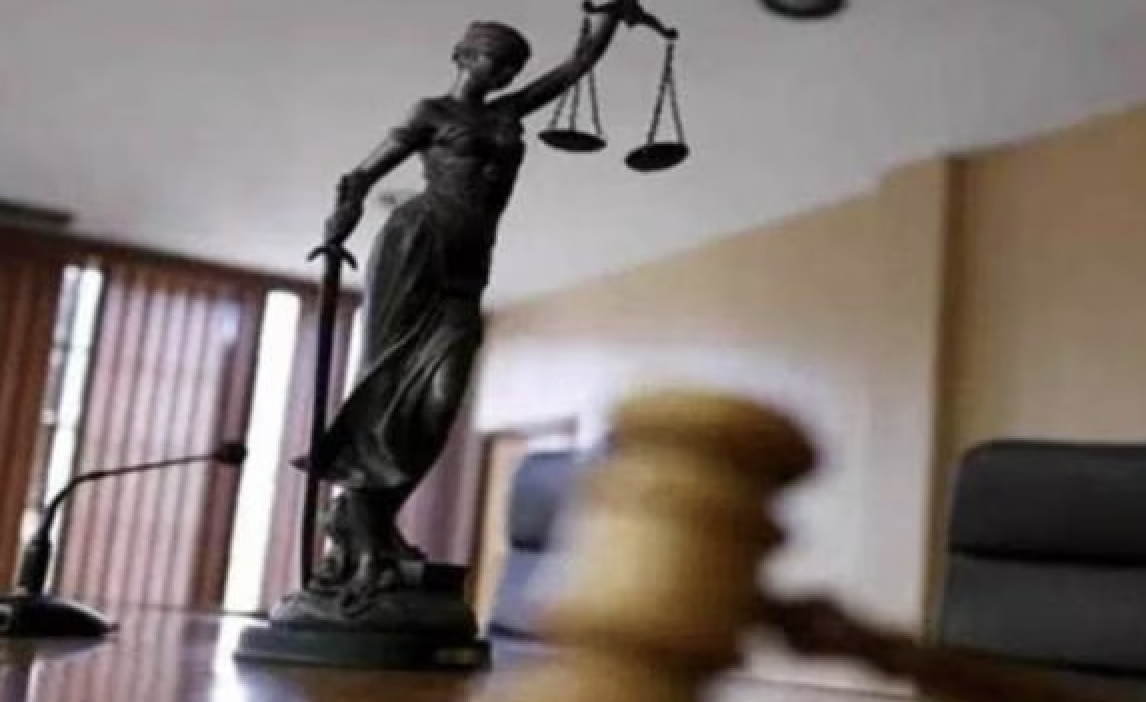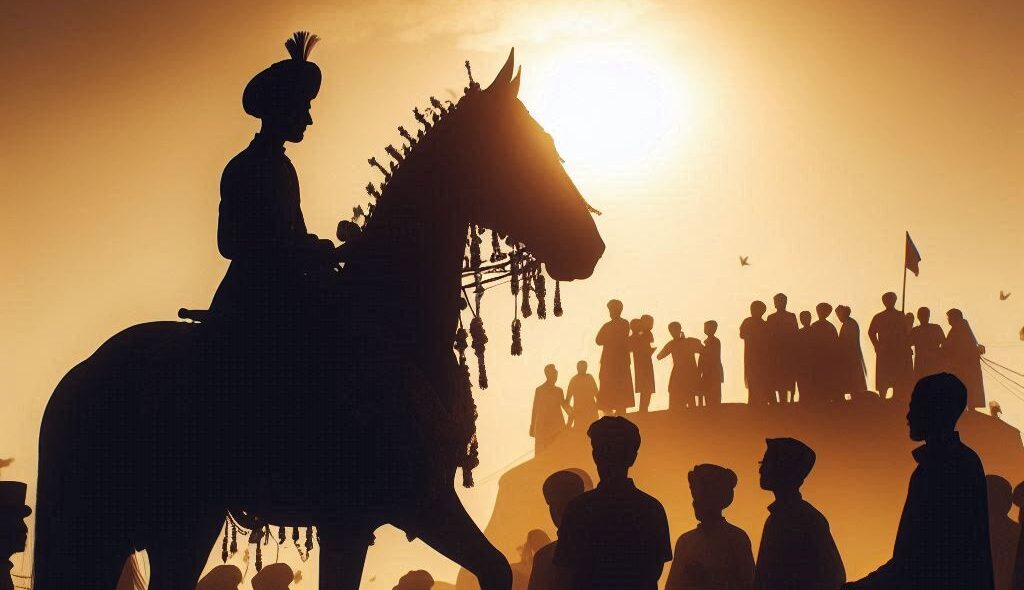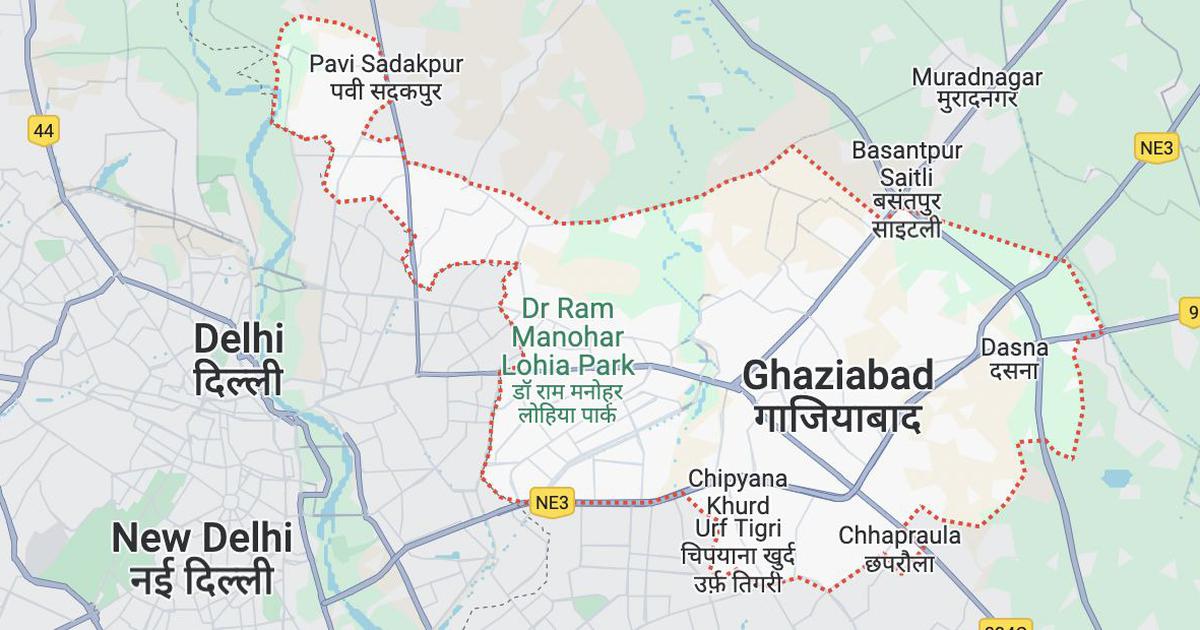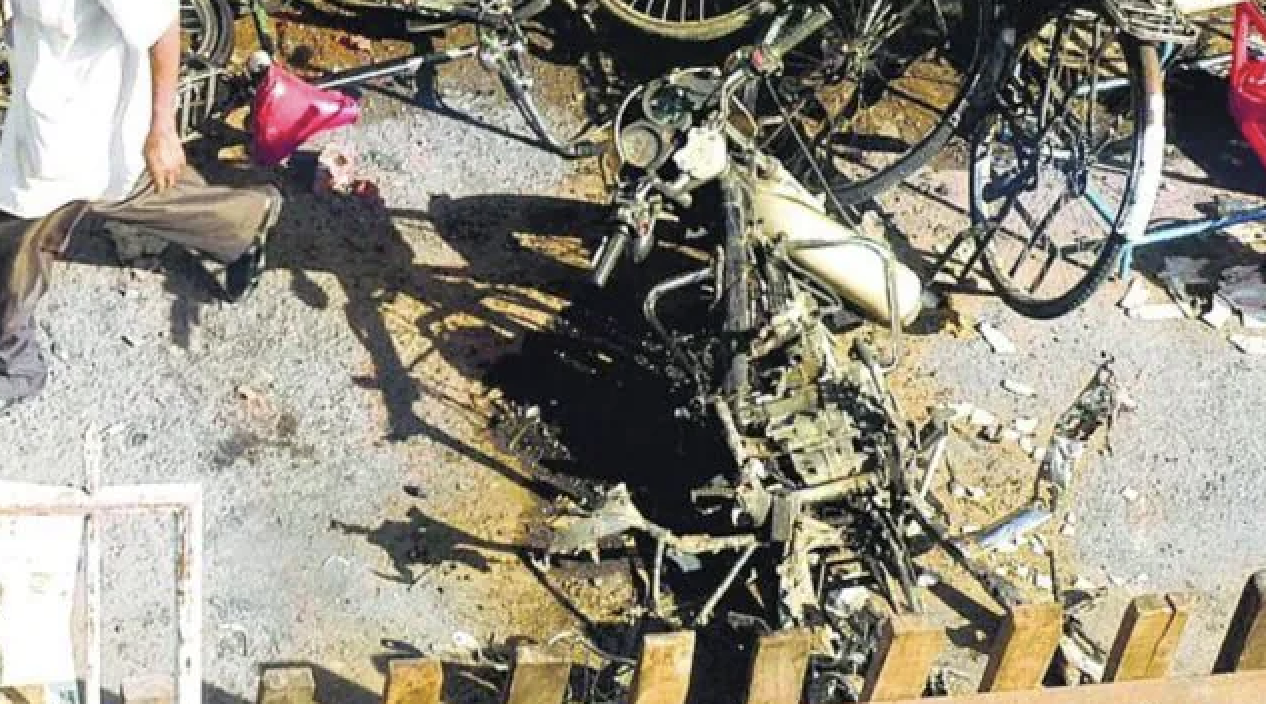
By Rekha Sharma
In the holy land of Haridwar, some people robed in saffron professing to be holy men held a “Dharam Sansad” between December 17 and 20, 2021, where they reportedly spewed venom against Muslims, and gave a call for genocide. They saw in Muslims a threat to the existence of Hindus, and advocated arming Hindus with sophisticated weapons. They also reportedly said that Muslims should be chased away like Rohingya were chased from Myanmar, thereby establishing a “Hindu Rashtra”. One of them allegedly said that he would have shot a former prime minister for having said that minorities have the first right to India’s resources.
The aforementioned utterances of the so-called “dharam gurus” constituted a frontal challenge to the unity and integrity of the country, and fly in the face of the very “idea of India” as enshrined in the preamble to the Constitution of India which declares India to be a “secular democratic republic”. The preamble also resolves to secure to all its citizens liberty of thought, expression, belief, faith and worship. However, despite such naked incitement to violence and ethnic cleansing of a religious community, no one from the ruling political class at the Centre or at the state level has deemed it fit to condemn such vile and outrageous statements, let alone take action under the stringent provisions of law against such hate-mongers. If what they are reported to have said is true, then it has the potential to create social disturbance. Incidentally, none of the “dharam gurus” has denied what has been attributed to them. It is only when the videos of their deliberations became viral on social media and some saner voices raised the issue that a case under Section 153-A of IPC was registered against them. However, no arrest has been made till date.
Contrast this with what happened to 30-year-old Munawar Faruqui, a stand-up comedian who had to remain in jail for more than a month for allegedly hurting religious sentiments of a community for a show in which he was only preparing to perform. Similarly, 22-year-old Disha Ravi, a climate change activist, had to remain in custody for 10 days for sharing a toolkit relating to farmers’ protests with environmental activist Greta Thunberg on charges of sedition and for promoting enmity. Siddique Kappan, a Kerala-based journalist, is in prison since October 2020 for only trying to report the Hathras gangrape. He, too, has been charged with sedition and under UAPA. These are just a few of the many examples.
As if Haridwar was not enough, another “Dharam Sansad” was held in Chhattisgarh where one Kalicharan allegedly abused Mahatma Gandhi and eulogised Nathuram Godse who killed him. This also has not evoked any response from the top leaders of the ruling dispensation. They are maintaining a deafening silence. Kalicharan has since been arrested by Chhattisgarh Police, but there are voices that are asking for his release.
The role of the judiciary is not only to administer the laws of the land, but also to protect the rights of every citizen, nay every person, as per law and the Constitution. This is why we saw a bench presided over by the Chief Justice of India appointing a commission headed by an eminent retired judge of the Supreme Court on the Pegasus matter. The chief justice’s bench also took a pro-citizen approach in the Lakhimpur Kheri incident where four farmers were mowed down by an SUV, in which the chargesheet has just been filed, and the son of a minister in the Union cabinet faces charges including murder and attempt to murder. In that case, too, the state of UP was seen to be dragging its feet and trying to give it a burial by forming an SIT comprising of junior-level police officials functioning under its thumb. This prompted the Supreme Court to reconstitute the SIT to include senior officers. It also appointed a retired high court judge, and that too not from UP, to oversee the functioning of the SIT.
The findings of the SIT in the Lakhimpur Kheri case clearly bring out how the state and the law enforcement machinery can trample over the law of the land to protect the high and mighty. Had an independent SIT not been set up, the truth would most probably have remained under wraps. What happened in Haridwar is worse. Each word, each syllable spoken there was violent. Now that the Supreme Court has reopened after the winter break, it is hoped that the chief justice in his wisdom will take a call on the request made to him by 76 citizens. Incidentally, it is not that the burden lies on the shoulders of the chief justice alone.
Each judge of the Supreme Court enjoys equal constitutional power and authority, and hence each one of them is under an obligation to protect the constitutional and fundamental rights of the people. Hence, any one of them could take cognisance of the blatant incitement to violence against a particular community, though after having taken cognisance the concerned judge is expected to, and in fact should, refer the matter to the chief justice for allocating the same to an appropriate bench.
If a judge can give unsolicited advice for postponement of the assembly elections, if the Supreme Court can get disturbed over the alleged inconvenience faced by a commuter traveling from the UP border to Delhi on account of farmers’ protests, it is expected to feel disturbed over what happened in Haridwar. If this fire of hate goes unchecked, the day is not far when it will spread across India.
The Supreme Court, it is hoped, will not only step in but will also ensure that an independent investigation free from any influence is conducted and the culprits are brought to book.
This story first appeared on indianexpress.com


